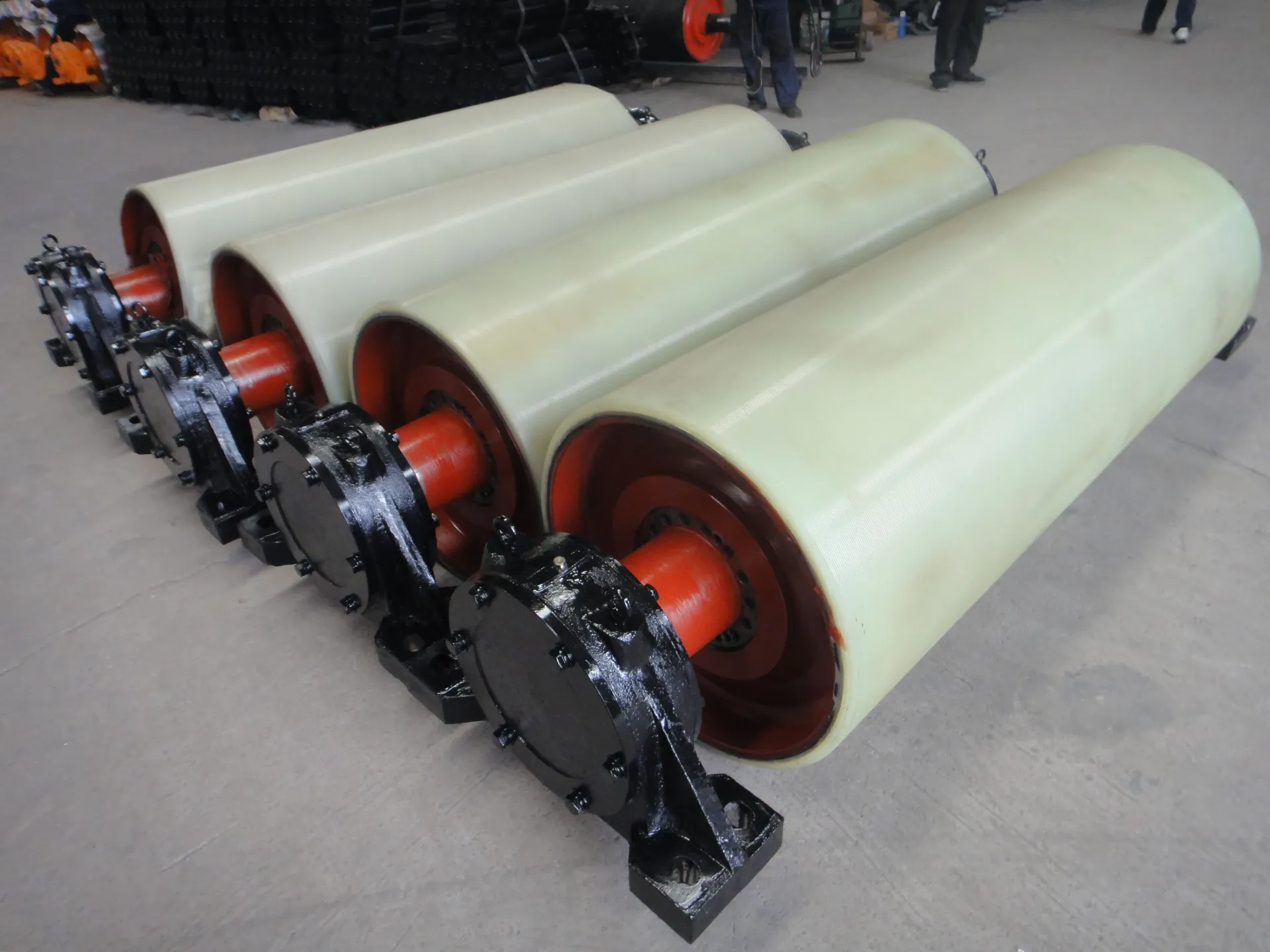 Afrikaans
Afrikaans  Albanian
Albanian  Amharic
Amharic  Arabic
Arabic  Armenian
Armenian  Azerbaijani
Azerbaijani  Basque
Basque  Belarusian
Belarusian  Bengali
Bengali  Bosnian
Bosnian  Bulgarian
Bulgarian  Catalan
Catalan  Cebuano
Cebuano  Corsican
Corsican  Croatian
Croatian  Czech
Czech  Danish
Danish  Dutch
Dutch  English
English  Esperanto
Esperanto  Estonian
Estonian  Finnish
Finnish  French
French  Frisian
Frisian  Galician
Galician  Georgian
Georgian  German
German  Greek
Greek  Gujarati
Gujarati  Haitian Creole
Haitian Creole  hausa
hausa  hawaiian
hawaiian  Hebrew
Hebrew  Hindi
Hindi  Miao
Miao  Hungarian
Hungarian  Icelandic
Icelandic  igbo
igbo  Indonesian
Indonesian  irish
irish  Italian
Italian  Japanese
Japanese  Javanese
Javanese  Kannada
Kannada  kazakh
kazakh  Khmer
Khmer  Rwandese
Rwandese  Korean
Korean  Kurdish
Kurdish  Kyrgyz
Kyrgyz  Lao
Lao  Latin
Latin  Latvian
Latvian  Lithuanian
Lithuanian  Luxembourgish
Luxembourgish  Macedonian
Macedonian  Malgashi
Malgashi  Malay
Malay  Malayalam
Malayalam  Maltese
Maltese  Maori
Maori  Marathi
Marathi  Mongolian
Mongolian  Myanmar
Myanmar  Nepali
Nepali  Norwegian
Norwegian  Norwegian
Norwegian  Occitan
Occitan  Pashto
Pashto  Persian
Persian  Polish
Polish  Portuguese
Portuguese  Punjabi
Punjabi  Romanian
Romanian  Russian
Russian  Samoan
Samoan  Scottish Gaelic
Scottish Gaelic  Serbian
Serbian  Sesotho
Sesotho  Shona
Shona  Sindhi
Sindhi  Sinhala
Sinhala  Slovak
Slovak  Slovenian
Slovenian  Somali
Somali  Spanish
Spanish  Sundanese
Sundanese  Swahili
Swahili  Swedish
Swedish  Tagalog
Tagalog  Tajik
Tajik  Tamil
Tamil  Tatar
Tatar  Telugu
Telugu  Thai
Thai  Turkish
Turkish  Turkmen
Turkmen  Ukrainian
Ukrainian  Urdu
Urdu  Uighur
Uighur  Uzbek
Uzbek  Vietnamese
Vietnamese  Welsh
Welsh  Bantu
Bantu  Yiddish
Yiddish  Yoruba
Yoruba  Zulu
Zulu impact idlers are used in a belt conveyor
The Role of Impact Idlers in Belt Conveyors
Belt conveyors are essential components in various industries, facilitating the efficient movement of goods and materials across different locations. Among the various elements that contribute to the effective operation of a belt conveyor, impact idlers play a pivotal role. These idlers are specially designed to support the belt in high-impact sections of the conveyor, ensuring longevity, stability, and optimal performance.
Understanding Impact Idlers
Impact idlers are a type of roller used in the design of belt conveyors, strategically placed in areas where material falls onto the belt, such as at loading points. Their primary function is to absorb the shock from heavy loads and prevent damage to the conveyor system. Unlike standard idlers, impact idlers are built with a robust structure and often feature extra cushioning or shock-absorbent materials to reduce the impact forces that act on the belt and other supporting components.
Importance of Impact Idlers
1. Protection of the Conveyor System The conveyor belt and its structure are susceptible to wear and tear, especially when heavy materials are dropped onto them. Impact idlers mitigate this damage by absorbing the energy from the falling materials, thus prolonging the life of the belt and minimizing maintenance costs.
2. Enhanced Performance By reducing the impact loads, idlers help maintain the alignment and stability of the conveyor system. This ensures smoother operation, decreased likelihood of belt misalignment, and better overall material handling performance. This is crucial for industries where efficiency and reliability are paramount.
3. Adaptation to Different Materials Different materials have varying weights and drop heights. Impact idlers can be designed to handle specific material types and their associated impacts, making them highly versatile. Industries ranging from mining to manufacturing can benefit from tailored solutions that cater to their unique challenges.
impact idlers are used in a belt conveyor

4. Energy Efficiency By minimizing the energy dissipated during impacts, impact idlers contribute to the energy efficiency of the entire conveyor system. This not only reduces operating costs but also contributes to a more sustainable industrial process as it lowers energy consumption and carbon footprint.
5. Safety Considerations Safety is a major concern in any operational environment. Impact idlers help maintain the integrity of the conveyor system, which reduces the likelihood of accidents caused by equipment failure. A well-maintained conveyor translates into a safer workplace, ultimately benefiting the workforce.
Installation and Maintenance
Installing impact idlers involves careful consideration of the specific requirements of the conveyor system. Factors such as load weight, material type, and drop height must be assessed to ensure the appropriate idlers are chosen. Proper alignment and spacing are also critical to maximizing their effectiveness.
Routine maintenance checks of impact idlers should be part of a broader conveyor maintenance program. Inspecting for wear and ensuring that the cushioning materials are in good condition will help maintain peak performance and further extend the lifespan of the conveyor system.
Conclusion
In summary, impact idlers are indispensable components of belt conveyors that significantly enhance their operational efficiency and longevity. By absorbing shocks, protecting the system, and ensuring safety, they play a vital role in various industrial applications. As industries continue to evolve and demand more from their conveyor systems, the importance of implementing specialized solutions like impact idlers becomes even more pronounced. Investing in quality impact idlers is, therefore, not just an operational necessity but a strategic move towards sustainable and efficient material handling.
-
Revolutionizing Conveyor Reliability with Advanced Rubber Lagging PulleysNewsJul.22,2025
-
Powering Precision and Durability with Expert Manufacturers of Conveyor ComponentsNewsJul.22,2025
-
Optimizing Conveyor Systems with Advanced Conveyor AccessoriesNewsJul.22,2025
-
Maximize Conveyor Efficiency with Quality Conveyor Idler PulleysNewsJul.22,2025
-
Future-Proof Your Conveyor System with High-Performance Polyurethane RollerNewsJul.22,2025
-
Driving Efficiency Forward with Quality Idlers and RollersNewsJul.22,2025





























